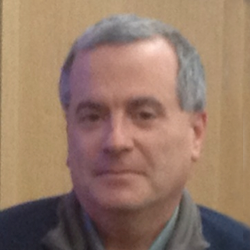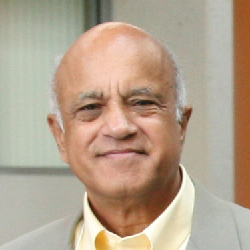


3/18/2013 Phytochemicals For Human Health and Beauty - Ilya Raskin Ph.D Rutgers University
Bio: Dr. Raskin has over 20 years of experience in academic research in plant biology and pharmacology and 5 years of experience in industrial research in plant biotechnology. Dr. Raskin received a Ph.D. from Michigan State University in 1984 and joined the faculty of Rutgers, The State University of New Jersey, in 1989 where he currently works as Professor II and President of the Global Institute for Bio-Exploration (GIBEX). He is also a Founder and Partner in Nutrasorb LLC and Food4Good Inc. These successful companies specialize in plant-derived functional foods, supplements and pharmaceuticals. Dr. Raskin is also a member of the NIH Center for Botanicals and Metabolic Syndrome.

4/1/2013 Formulation Effects on Activity of Iminosulfurane and Laurocapram based Penetration - Diksha Kaushik Ph.D Forest Laboratories
Abstract: The delivery of the actives through the outermost layer of the skin, the stratum corneum, has posed a challenge for scientists for a very long time. There are compound called “enhancers” that have been developed to enhance drug delivery across skin and at the same time there are compounds referred to as “retardants” that prevent or retard the delivery of actives across the skin. Since both enhancers and retardants are believed to act by modifying the properties of the SC barrier, they are collectively referred to as “penetration modifiers”. This seminar addresses the formulation effects on the activity of minosulfurane and laurocapram based penetration modifiers through tools such as in vitro permeation studies, thermal, spectral and microscopic analyses, cytotoxicity studies and computer modeling experiments.





